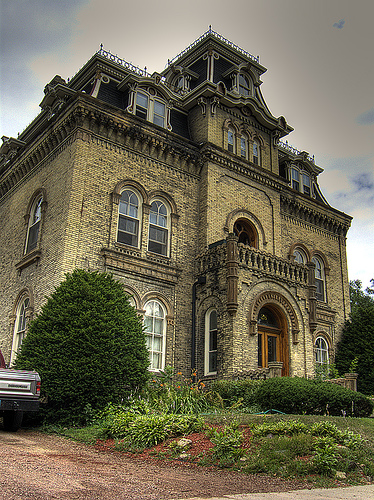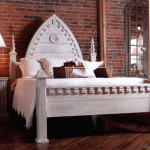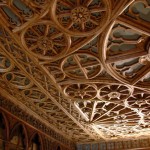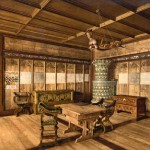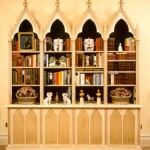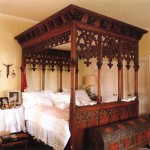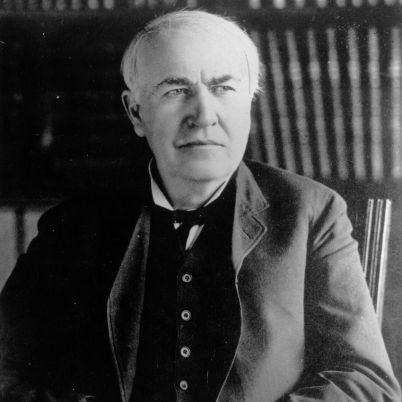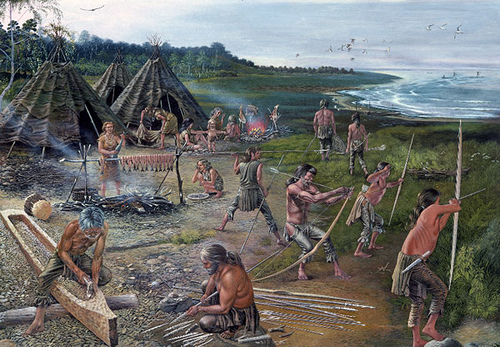Gothic was an architectural style predominant throughout the Middle Ages, from the fall of the Roman Empire until the Renaissance in the early 15th century.
The Victorians revived the style again in the mid-19th century but this time it was a reaction against classical style and its symmetry. It was also historically accurate. The style began principally in churches and public buildings but by the 1860s it influenced even domestic interiors.
Style
- ecclesiastical details – pointed arches, ogee arches, stained glass
- red and blue, gold
- ‘tracery’ – decorative ribbing
- heraldic emblems – coats of arms, mythical beasts and the tree of life
- ‘cusping’ – decorative projections of heads, gargoyles, animals or leaves
Influences
- medieval ecclesiastical architecture – churches and cathedrals
- illustrated medieval manuscripts
- arts and crafts movement – return to medieval style and practices
The names
- AWN Pugin – leader of Gothic revival, he designed interiors and the exterior detailing of the Houses of Parliament and Big Ben’s clock tower (the Houses themselves were designed by Sir Charles Barry)
- George Gilbert Scott – architect of The Albert Memorial, Midland Grand Hotel at St Pancras station, London
- William Burges – architect of Cardiff Castle
- Herbert Minton – a potter who collaborated with Pugin on tiles

